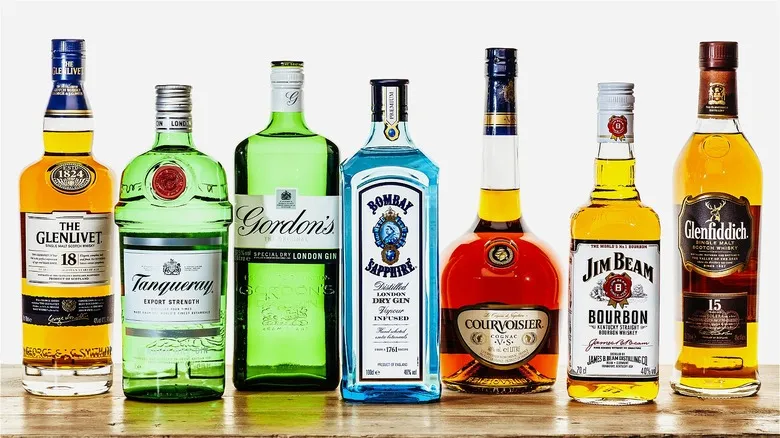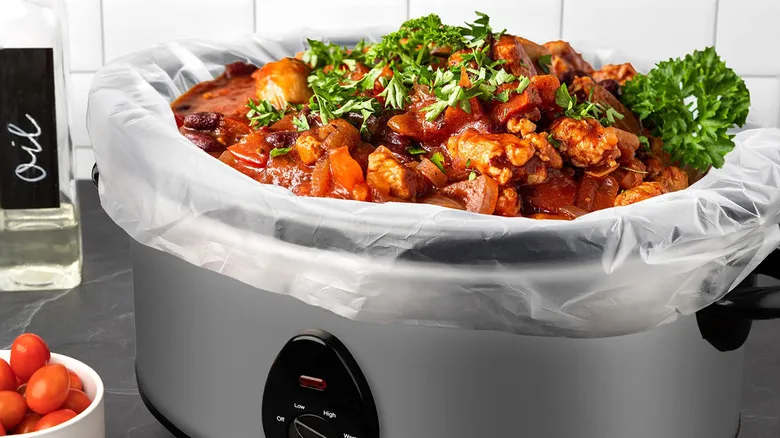Check the proof before you drink
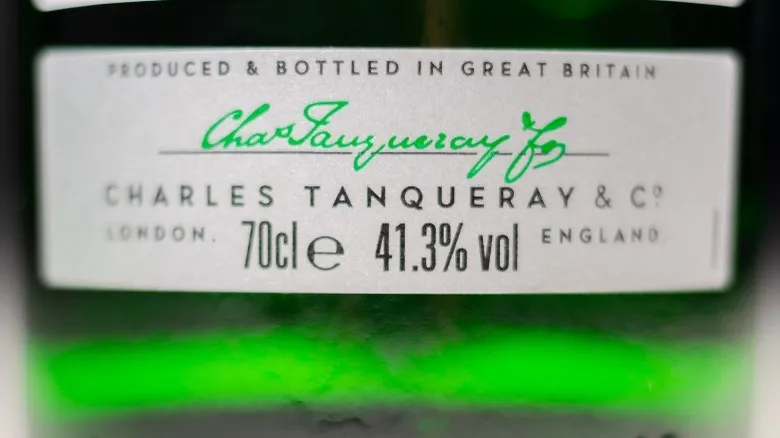
Alcohol by volume (ABV) is a measurement that indicates the concentration of ethanol (ethyl alcohol) in a beverage. Ethanol is produced through the fermentation of starch and/or sugar by yeast. The consumption of alcohol can lead to psychoactive effects that may hinder various daily activities. This is why driving while intoxicated is extremely hazardous and carries severe legal consequences. In the United States, a blood alcohol content (BAC) of 0.08% is the threshold for being deemed legally impaired and facing DUI charges.
By being aware of the alcohol content in your drinks, you can make more informed and safer choices. It's important to familiarize yourself with the laws regarding alcohol consumption in the area where you are drinking, especially when traveling internationally. In many European countries, the French proofing system is used, where the ABV and proof are equivalent. For instance, a vodka with 40% ABV in England is also classified as 40-proof. Additionally, sweet cocktails can be particularly misleading, as they may not taste strongly of alcohol. Keep this in mind when preparing your favorite fall cocktails with rum. Always drink responsibly and remember that moderation is key.
Recommended
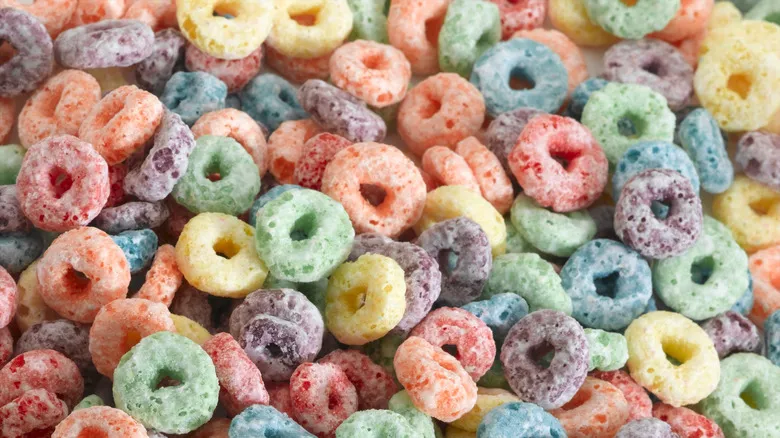
Cereal-Infused Vodka Is A Game Changer For Sweet, Delicious Drinks
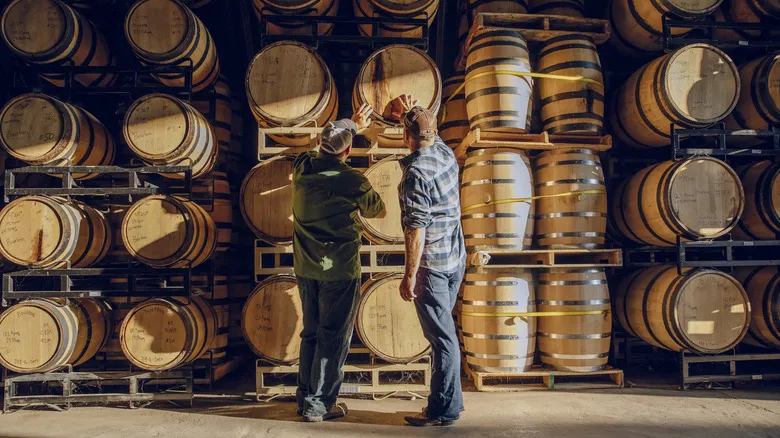
What Barrel Pick Whiskey Really Means
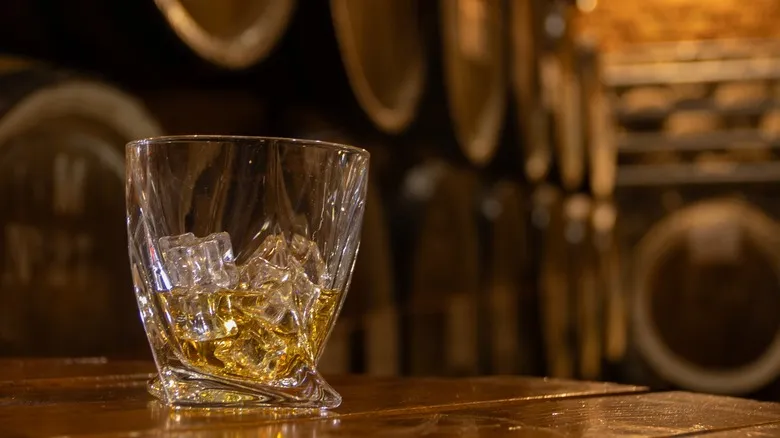
The Reason Whiskey Has Aging Laws
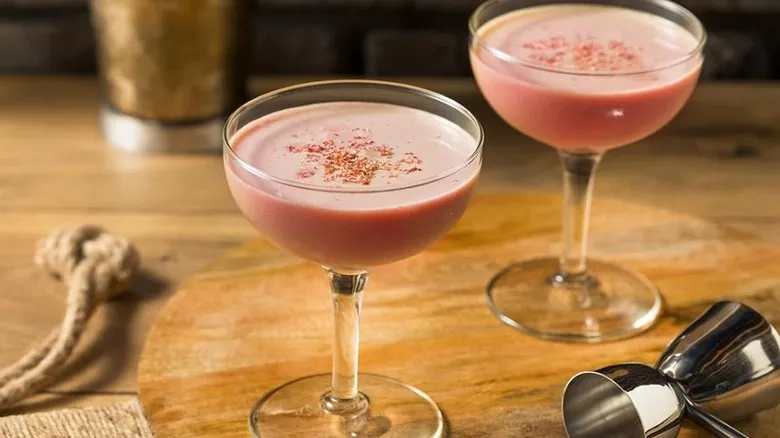
How The Pink Squirrel Became An Iconic Wisconsin Cocktail
Next up

